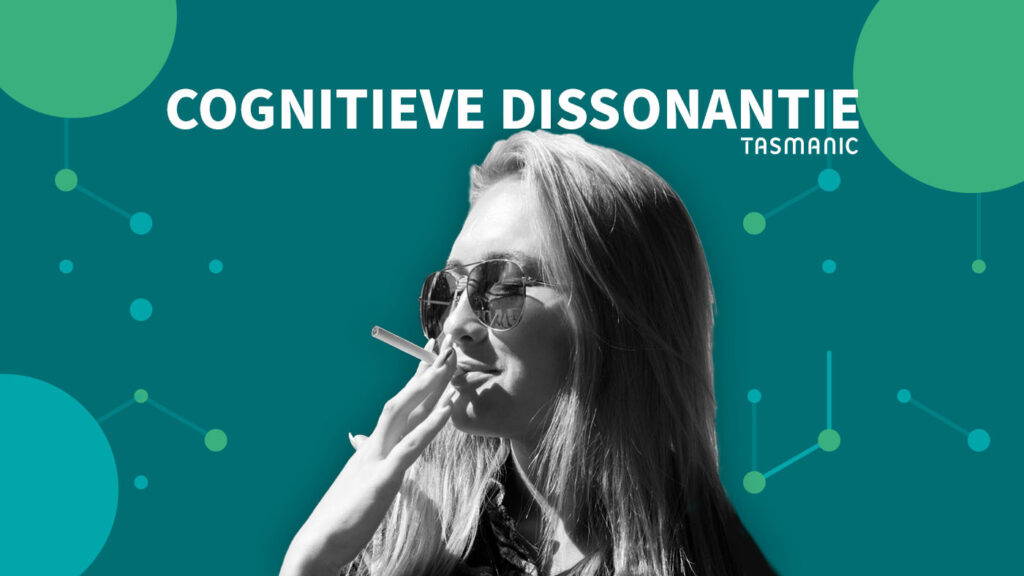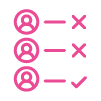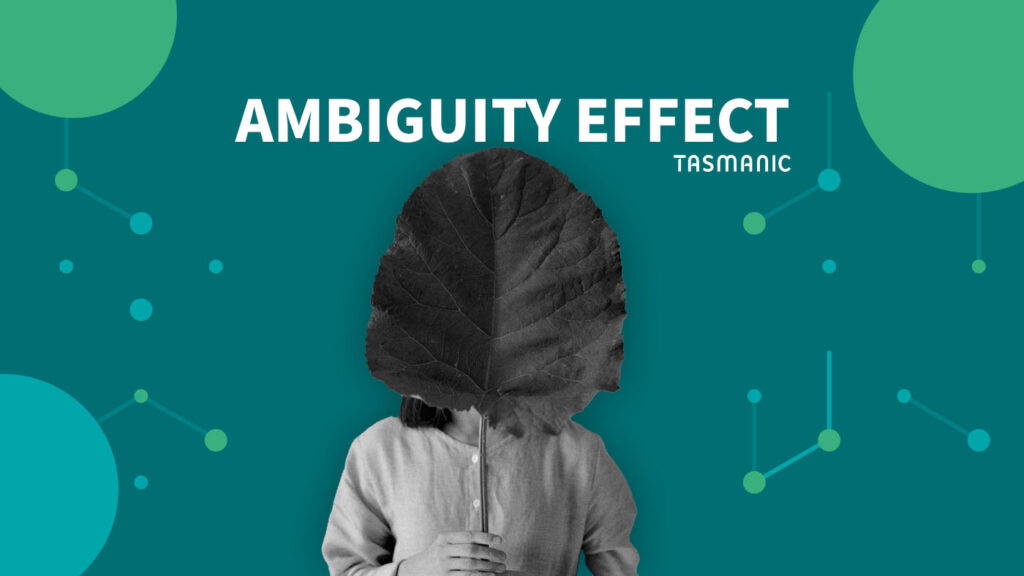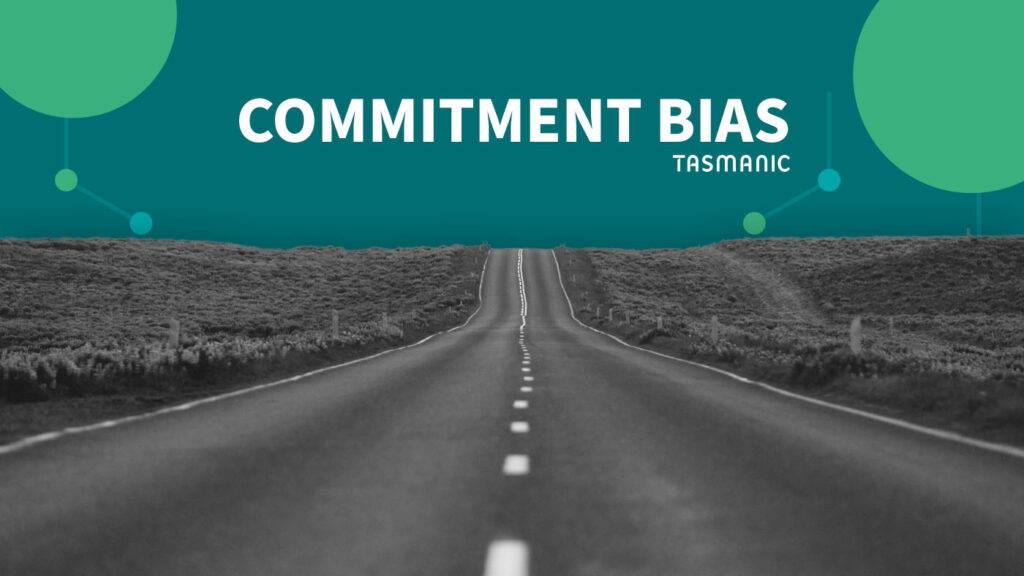
Introduction
Cognitive dissonance, a term introduced in the 1950s, describes the uneasy feeling that arises when a person is confronted with conflicting beliefs or behaviors. This mental tension can unconsciously lead to choices and actions that are not always rational. In this article, we dive deeper into this phenomenon, discuss examples and explain how SME entrepreneurs can use this knowledge to make better decisions.
What is cognitive dissonance?
Humans have an inner need to ensure that our beliefs are consistent (Festinger, 1957).
We strive for consistency between our attitudes and behaviors. We want to be consistent in our opinions, perceptions and behaviors to avoid dissonance (contradiction). A situation with overtly opposing opinions or behaviors can cause stress and discomfort. This inconsistency produces an uncomfortable, psychological tension: cognitive dissonance.
Examples in practice
Every time you are faced with a decision, there is a possibility of cognitive dissonance. Sometimes you don't even realize it, but sometimes you do. You can feel cognitive dissonance at all sorts of times, here are some examples from a business context:
- Investment in failing projects: A manager has invested a lot of money in a particular project or new technology. Despite clear signals that the project will not succeed, the manager continues to invest in it because admitting it was a bad investment would lead to a sense of dissonance. Continue reading Sunk Cost Fallacy.
- Changing corporate cultures: Suppose a company that has always valued a traditional hierarchical structure suddenly decides to change to a flatter organizational structure. Older employees accustomed to the traditional way may feel uncomfortable with this change, trying to justify their previous beliefs even if the new system is better.
- Product choices and brand loyalty: An entrepreneur has chosen a particular supplier or brand for many years because of personal relationships or beliefs. When presented with evidence that another brand is objectively better or cheaper, the entrepreneur may ignore or rationalize this to avoid the uncomfortable feeling of dissonance.
- Hiring and firing: A manager has hired someone they were convinced was perfect for the position. However, when this person underperforms, the manager may ignore or justify these shortcomings because admitting they made a mistake in hiring would cause dissonance.
- Strategic changes: When a company embarks on a strategic direction based on the belief that it is the right path, and is later confronted with market information that suggests otherwise, there may be a resistance to change course. Admitting that the original direction was wrong can be a source of dissonance for executives.
Reducing cognitive dissonance
Once people experience the discomfort and it is strongly present, they want to minimize it by changing the inconsistent element to restore balance. They do this, for example, by:
- adapt their views to the new information (I actually wanted to skip the cake, but then I'll exercise an extra hour tonight).
- think of exceptions in which the conditions you previously set for yourself do not apply (I can have cake if there is no whipped cream on it).
- seek information that outweighs previous beliefs (that colleague eats this cake every week and she doesn't gain pounds either).
- downplay the new information (is it really that bad if I eat that cake anyway?).
- increase the benefits of the chosen alternative and decrease those of the rejected alternative (this cake is sugar-free so probably healthier than my white sprinkle sandwich).
Applying cognitive dissonance
Cognitive dissonance makes us feel uncomfortable, and of course we would prefer to avoid that. But as an entrepreneur, you can actually use cognitive dissonance to win over potential customers. This is how you influence consumer sentiment:
- Want people to switch from, say, their regular supplier or provider? Then capitalize on a negative point, which the potential customer is unhappy about, and put a positive spin on it: "Why continue paying for services you don't use anyway? Switch now and pay less."
- Be realistic in what you promise so that consumers do not regret their purchase.
- Offer consumers a cooling-off period or a "not satisfied, money back" policy.
- Use comparison charts to show why your product or service is the better choice.
- Provide consultants with sound knowledge to provide expert advice.
- Display a compelling thank-you page after the product purchase.
- Send a follow-up email confirming what a good choice the customer made.
Resources
Aronson, E. (1969). "The theory of cognitive dissonance: A current perspective." In L.Berkowitz (Ed.) Advances in experimental social psychology, (Vol. 4) New York: Academic press.
Festinger, L. (1957). "A theory of cognitive dissonance." Stanford, CA: Stanford University Press
Is your company missing opportunities?
Our pay is based on your results.

















 Team
Team FAQ
FAQ Prices
Prices Vacancies
Vacancies Contact
Contact Marketing
Marketing SEO
SEO SEA
SEA Strategy
Strategy Sales
Sales Optimization
Optimization AWR
AWR Ahrefs
Ahrefs Channable
Channable ContentKing
ContentKing Leadinfo
Leadinfo Optmyzr
Optmyzr Qooqie
Qooqie Hubspot
Hubspot Semrush
Semrush




